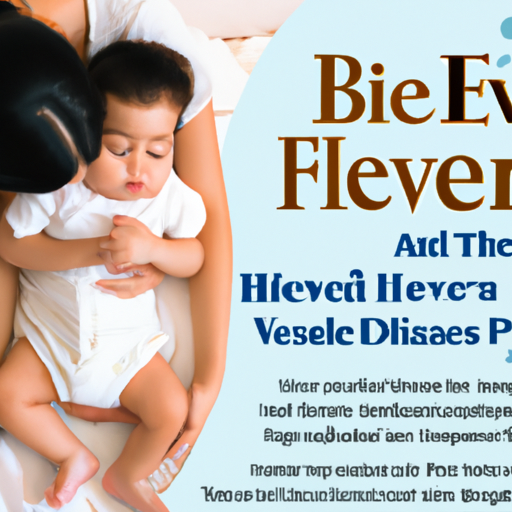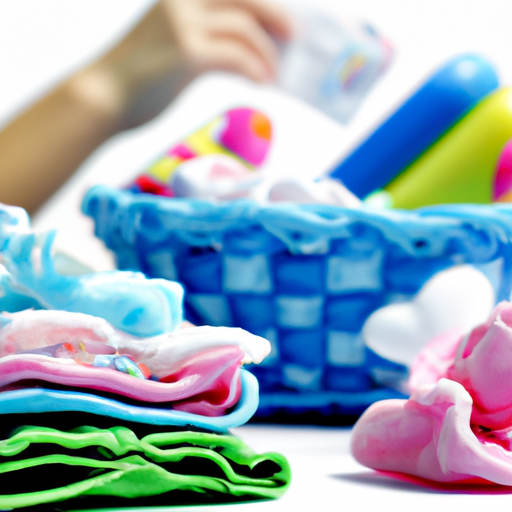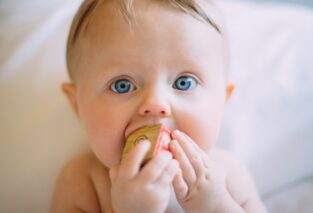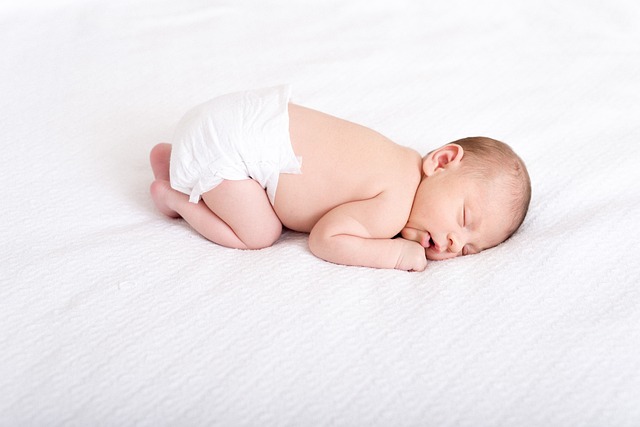I bet you’re curious about the typical developmental milestones for babies, right? It’s fascinating to see how our little ones grow and develop over time. From their first smile to their first steps, there are so many milestones to look forward to. But what exactly are these milestones and when can you expect your baby to reach them? Well, in this article, we’ll dive deep into the world of baby development and explore all the exciting milestones that your little one will experience in their first year of life. So, if you want to learn more about what to expect and how to support your baby’s growth, keep reading! Babies grow and develop at an astonishing rate during their first year of life. As parents, it is important to track their progress and understand the various developmental milestones they are expected to reach. These milestones provide a guide to a baby’s physical, cognitive, speech and language, social and emotional, self-help skills, sensory, gross motor, fine motor, and emotional regulation development. By knowing what to expect, you can support and encourage your baby’s development, ensuring they are on track for healthy growth and learning.
Physical Development Milestones
Motor Skills
Motor skills refer to the ability to control and coordinate movements. In the first few months, your baby will begin to exhibit motor skills such as lifting their head when placed on their tummy, turning their head from side to side, and bringing their hands to their mouth. By the age of 6 months, your baby should be able to roll over in both directions, sit up with support, and push up onto their hands and knees. As they approach their first birthday, they will likely be crawling, pulling themselves up to stand, and possibly even taking their first steps with support.
Growth and Weight Gain
Growth and weight gain are important indicators of a baby’s overall health and development. During the first year, babies typically experience rapid growth and weight gain. In the first few months, they may gain an average of 1 to 2 pounds per month. By 6 months, their birth weight should have doubled. By their first birthday, their birth weight should have tripled. It is important to note that every baby is different, and growth patterns can vary. Regular check-ups with your pediatrician can help ensure your baby is growing and gaining weight appropriately.
Hand-Eye Coordination
Hand-eye coordination is the ability to coordinate what the hands are doing with what the eyes are seeing. Babies begin developing hand-eye coordination from birth. Initially, they may have difficulty accurately reaching for objects. However, as they progress, they will start reaching for and grasping objects with increasing accuracy. By the age of 6 months, they will be able to transfer objects from hand to hand. As their hand-eye coordination continues to improve, they will eventually be able to pick up and manipulate smaller objects using their fingers and thumbs, known as the pincer grasp.
Cognitive Development Milestones
Sensory Awareness
Sensory awareness is the ability to recognize and interpret information received through the senses. During the first year, babies are rapidly developing their sensory awareness. They are learning to recognize and respond to various stimuli, such as different colors, sounds, tastes, and textures. They may show preferences for certain objects or activities, indicating their growing sensory awareness.
Object Permanence
Object permanence refers to a baby’s understanding that objects continue to exist even when they cannot be seen or heard. Initially, babies lack this understanding and believe that objects cease to exist when they are out of sight. However, by around 6 to 9 months of age, they begin to develop object permanence. You may notice that your baby looks for and reaches for objects that have been hidden from their view or plays with toys that are partially covered.
Problem-Solving Skills
Problem-solving skills involve the ability to think through and solve problems. While babies may not be solving complex puzzles, they are constantly working on developing their problem-solving skills. This can be seen in their attempts to reach and grab objects that are just out of reach, their exploration of different ways to move or manipulate objects, and their experimentation with cause and effect. By providing safe and stimulating environments, you can encourage your baby’s problem-solving skills and help them develop a curious and inquisitive nature.

Speech and Language Development Milestones
Babbling
Babbling is the first step towards developing language skills. It is the repetition of syllables, sounds, and simple words. Babies typically begin babbling around 6 months of age. At first, their babbling may be random and nonsensical, but over time, it becomes more organized and resembles the cadence and rhythm of conversation. By 12 months, babies may be babbling with a variety of sounds and gestures, imitating the speech patterns they hear from those around them.
First Words
Around their first birthday, most babies will begin to say their first words. These words may be simple, such as “mama” or “dada,” and may not always be used in the correct context. However, the ability to say and understand a few words is a significant milestone in language development. It is important to encourage and reinforce your baby’s attempts to communicate through words, gestures, and facial expressions.
Understanding Simple Instructions
As babies develop their receptive language skills, they become better at understanding and following simple instructions. By the age of 1, your baby should be able to respond to simple commands such as “wave goodbye” or “give me the toy.” They may not respond verbally, but they will show understanding through their actions and gestures. Offering clear and consistent instructions can help foster your baby’s receptive language development.
Social and Emotional Development Milestones
Attachment to Caregivers
Attachment to caregivers is a crucial aspect of social and emotional development. Babies form emotional bonds with their primary caregivers, usually their parents or other family members, during the first year of life. This attachment provides a sense of security and comfort for the baby and lays the foundation for future social relationships. You may notice your baby seeking comfort from you, preferring your presence over others, and displaying distress when separated from you.
Smiling and Laughing
Smiling and laughing are joyful expressions that babies learn to use to communicate their happiness and engage with others. By around 2 to 3 months of age, babies will start to smile socially, in response to interactions with their caregivers. As they grow, their smiles become more frequent and purposeful. Around 4 to 6 months, babies often begin to laugh, finding delight in playfulness and tickling. Smiling and laughing are important indicators of a baby’s social and emotional development.
Imitating Facial Expressions
Babies are highly observant and capable of imitating facial expressions from a very young age. As early as a few weeks old, they may start mimicking simple facial expressions such as sticking out their tongue or opening their mouth wide. This imitation helps them develop their own social and emotional skills, as they learn to recognize and respond to different expressions. Encouraging and mirroring your baby’s facial expressions can strengthen your bond and aid in their social development.

Self-Help Skills Development Milestones
Feeding Skills
Feeding skills are an important aspect of a baby’s self-help skills development. In the first few months, babies rely exclusively on breast milk or formula for nourishment. However, as they approach 6 months of age, they may begin to show readiness for solid foods. They may exhibit curiosity about food, show the ability to sit with support, and demonstrate the ability to move food from the front of the mouth to the back for swallowing. As they continue to grow, their feeding skills will evolve, and they will eventually be able to hold and manipulate utensils independently.
Sitting Without Support
Sitting without support is a major milestone in a baby’s physical development. By around 6 to 8 months of age, many babies will be able to sit upright without assistance. This milestone not only enhances their ability to explore their environment but also sets the stage for other developmental milestones such as crawling and standing. Adequate support and supervision during this stage can help your baby develop their sitting skills with confidence.
Starting to Self-Feed
As babies develop their fine motor skills and hand-eye coordination, they will begin to show interest in self-feeding. This typically occurs around 8 to 10 months of age when they start grasping and bringing finger foods to their mouths. Offering age-appropriate finger foods and allowing your baby to explore different textures and tastes can help promote their self-feeding skills. While it may be messy at first, encouraging their independence in feeding will contribute to their overall self-help skills development.
Sensory Development Milestones
Visual Development
Visual development is an essential aspect of a baby’s sensory development. At birth, babies have limited vision and can only focus on objects that are about 8 to 12 inches away. However, as their visual system matures, their range, clarity, and ability to track moving objects improve. By 6 months, babies are typically able to reach for and grasp objects they see, demonstrating their growing visual development. Providing visually stimulating toys and engaging your baby in visual games can aid in their visual development.
Hearing and Sound Recognition
Hearing and sound recognition play a crucial role in language development and social interaction. From birth, babies are capable of hearing and responding to sounds. They may turn their heads towards familiar voices or startle at loud noises. As their auditory system develops, they become more adept at localizing sounds and discriminating between different tones and pitches. By providing a rich auditory environment with varied sounds and music, you can support your baby’s hearing and sound recognition development.
Taste and Smell Sensitivity
Babies’ taste and smell sensitivity develop in conjunction with their eating experiences. They may initially display a preference for sweet tastes and may reject sour or bitter flavors. However, as they are exposed to a wider range of foods, their taste preferences can expand. Similarly, their sense of smell becomes more refined, helping them identify familiar scents and distinguish between different odors. By introducing a variety of flavors and smells during mealtime, you can enhance your baby’s taste and smell sensitivity.
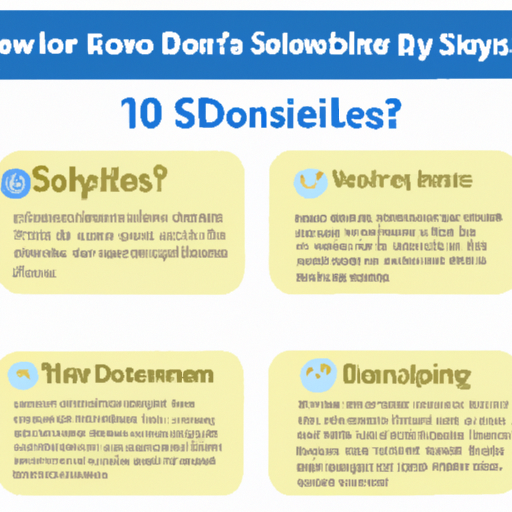
Gross Motor Development Milestones
Rolling Over
Rolling over is an important milestone in a baby’s gross motor development. Initially, babies may accidentally roll from their tummy to their back or vice versa. However, by around 4 to 6 months, they will start intentionally rolling over. This milestone not only strengthens their core muscles but also gives them greater mobility and independence in exploring their surroundings. Providing plenty of supervised tummy time can help encourage your baby’s rolling over skills.
Sitting Up
Sitting up independently is a significant milestone that allows babies to interact with their environment from a new perspective. By around 6 to 7 months, many babies will have mastered the skill of sitting up without support. This milestone requires strong core muscles, balance, and coordination. Gradually increase the amount of time your baby spends sitting up, ensuring they have proper support and stability until they can maintain a sitting position unaided.
Crawling
Crawling is often a highly anticipated milestone as it marks the start of a baby’s ability to move around independently. While every baby’s crawling style may vary, most babies begin to crawl between 6 to 10 months of age. Some babies may even opt for different forms of locomotion, such as bottom shuffling or commando crawling. Regardless of the method, crawling enhances a baby’s gross motor skills, upper body strength, and coordination.
Fine Motor Development Milestones
Grasping Objects
Grasping objects is one of the earliest fine motor skills that babies develop. Initially, they use a reflexive grip known as the palmar grasp, where they grab objects by curling their fingers, almost in a fist-like manner. By around 3 to 4 months, babies start developing a voluntary grasp, using their fingers and thumbs to pick up objects. Encouraging your baby to reach for and grasp toys of different shapes and sizes can help strengthen their fine motor skills.
Pincer Grasp
The pincer grasp is a more advanced fine motor skill that develops around 8 to 12 months. It involves using the thumb and index finger to pick up small objects. As babies refine their pincer grasp, they become more capable of feeding themselves, manipulating small toys, and eventually holding and using writing utensils. Offering age-appropriate toys and finger foods that require the use of the pincer grasp can help foster your baby’s fine motor development.
Using Utensils
Using utensils is a milestone that typically emerges later in the first year, closer to 12 months of age. At this stage, your baby may start using a spoon or fork to feed themselves, although they may lack precision and efficiency. Encouraging your baby to explore utensils during mealtime and providing opportunities for practice will enhance their self-feeding skills and fine motor control.
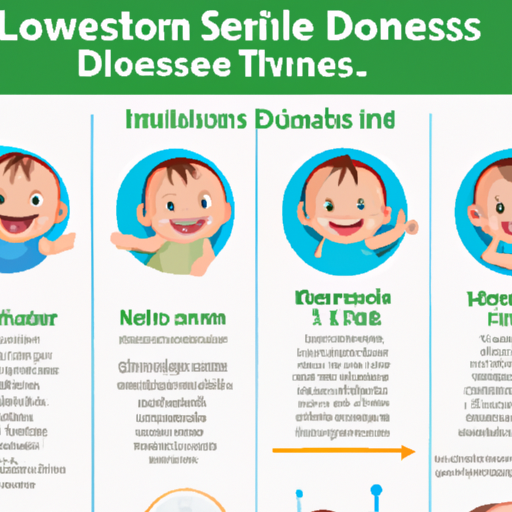
Emotional Regulation Development Milestones
Managing Frustration
Managing frustration is a crucial aspect of emotional regulation. As babies grow and encounter challenging situations, they will become frustrated and display their emotions through crying, fussing, or even tantrums. While they may not possess the ability to regulate their emotions entirely, they will gradually develop strategies for managing frustration. This development depends on the support and guidance provided by their caregivers in helping them navigate difficult emotions and build resilience.
Emotional Expressions
Babies communicate their emotions through their facial expressions, body language, and vocalizations. During the first year, they become increasingly expressive and can convey a wide range of emotions, including happiness, sadness, surprise, and anger. Paying attention to your baby’s emotional cues, validating their feelings, and offering comfort and support will help them understand and regulate their emotions more effectively.
Self-Soothing Techniques
Self-soothing techniques are methods that babies develop to comfort themselves when they are upset or distressed. Some babies may find comfort in sucking their thumb or using a pacifier, while others may enjoy being swaddled or listening to soft music. By providing a calming and nurturing environment and allowing your baby to explore different self-soothing techniques, you can help them develop their own strategies for managing stress and finding comfort.
Conclusion
The first year of a baby’s life is full of remarkable growth and development. From mastering motor skills to expanding their language and communication abilities, babies undergo rapid changes that shape their development. By understanding the typical developmental milestones for babies, you can provide the necessary support and encouragement to help your little one reach their full potential. Remember, every baby is unique and may reach these milestones at their own pace. Celebrate their individual progress and enjoy the incredible journey of watching your baby grow and thrive.

